Home>Furniture>Outdoor Furniture>What Is Used For Roof Decking
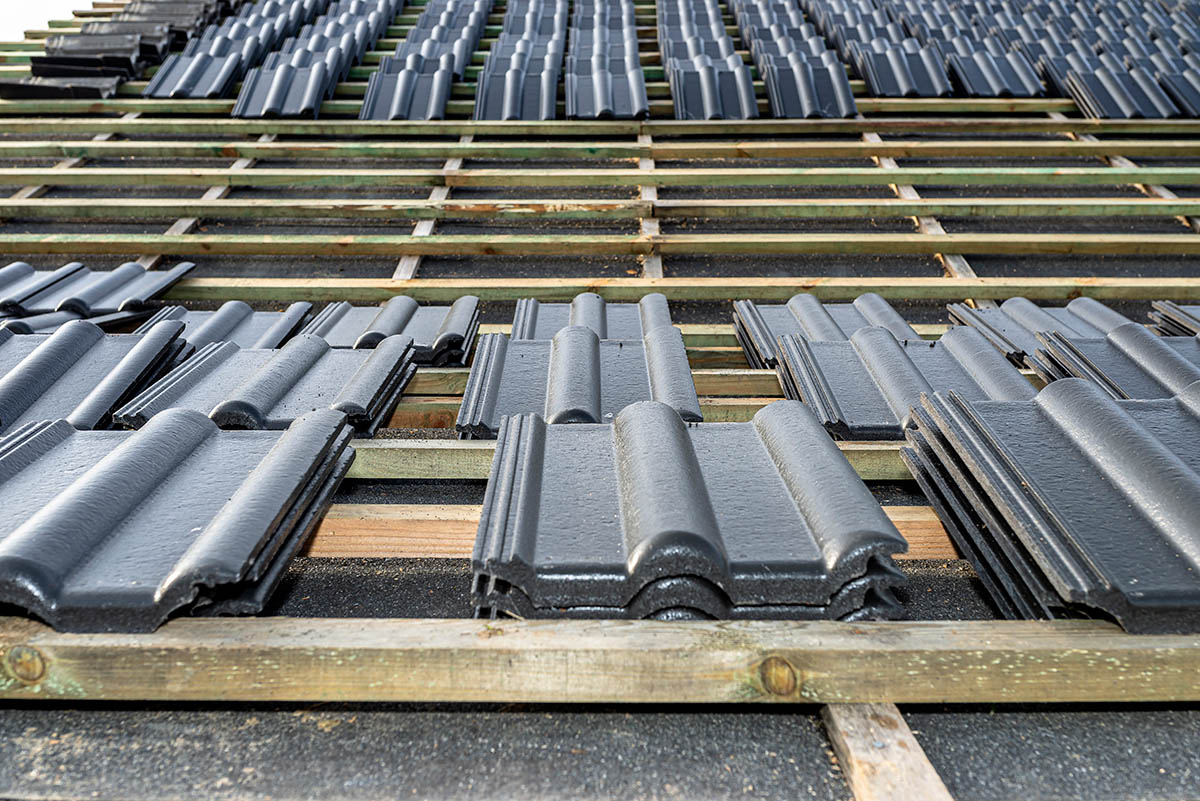

Outdoor Furniture
What Is Used For Roof Decking
Modified: March 7, 2024
Discover the best outdoor furniture for creating a stunning roof decking. Shop now and transform your rooftop into an inviting oasis with our stylish and durable outdoor furniture collection.
(Many of the links in this article redirect to a specific reviewed product. Your purchase of these products through affiliate links helps to generate commission for Storables.com, at no extra cost. Learn more)
Introduction
Welcome to our comprehensive guide on roof decking materials! When it comes to building or renovating a roof, the decking is a crucial element that provides support and stability. Roof decking refers to the base layer or substrate that is installed on top of the roof framing before any roofing materials are added. It plays a significant role in the overall strength and durability of the roof system.
In this article, we will explore the various types of roof decking materials available in the market and discuss the factors that should be considered when choosing the right decking for your project. We will also delve into the installation process and highlight the importance of proper maintenance and repair to ensure the longevity of your roof decking.
Roof decking materials come in a wide range of options, each with its advantages and considerations. The choice of decking material depends on various factors such as the climate, budget, roof design, and the type of roofing materials to be installed.
Whether you are a homeowner, a contractor, a builder, or an architect, this guide is designed to provide you with valuable insights into the world of roof decking materials, empowering you to make informed decisions for your roofing projects.
Without further ado, let’s dive into the details and explore the different types of roof decking materials available!
Key Takeaways:
- Choose the right roof decking material by considering durability, cost, and compatibility with roofing materials. Regular maintenance and timely repairs are crucial for maximizing the lifespan of the decking material.
- Different roof decking materials offer unique benefits, such as affordability, strength, and visual appeal. Prioritize proper installation and maintenance to ensure a strong and reliable foundation for your roof system.
Read more: What Is Roof Decking
Definition of Roof Decking
Roof decking, also known as roof sheathing or roof substrate, refers to the layer of material that is installed onto the roof framing to provide a solid base for the roof covering. It is the foundation upon which the roofing materials are attached.
The primary purpose of roof decking is to distribute the weight of the roof evenly across the roof framing members, such as rafters or trusses. It also serves as a barrier to protect the interior of the building from outside elements, including water, wind, and debris.
In addition to its structural role, roof decking also helps to improve the overall energy efficiency of the building by providing an additional layer of insulation. It can help reduce heat transfer through the roof and minimize energy consumption.
Roof decking materials come in various forms, including plywood, oriented strand board (OSB), tongue and groove boards, metal decking, concrete decking, structural insulated panels (SIPs), and wood planks. The choice of material depends on factors such as the roof design, budget, climate, and compatibility with the roofing system.
It is important to note that roof decking should be properly installed to ensure its effectiveness and longevity. The installation process involves carefully placing and securing the decking materials to the roof framing, following the manufacturer’s instructions and adhering to local building codes.
Now that we have defined what roof decking is, let’s delve into the various types of roof decking materials and their characteristics.
Types of Roof Decking Materials
When it comes to roof decking materials, there is a wide array of options available. Each type of material has its own unique characteristics, benefits, and considerations. The choice of roof decking material depends on factors such as the roof design, budget, climate, and compatibility with the roofing system. Let’s explore the different types of roof decking materials:
1. Plywood
Plywood is one of the most commonly used roof decking materials due to its durability, strength, and affordability. It is made from thin layers of wood veneer that are glued together with the grain of each layer rotated perpendicular to the adjacent layer. This cross-grain construction provides excellent stability and resistance to warping.
2. Oriented Strand Board (OSB)
Similar to plywood, oriented strand board (OSB) is made by compressing layers of wood strands with adhesive. OSB is a cost-effective alternative to plywood and offers good structural strength. However, it is more susceptible to water damage and should be properly protected with a waterproof membrane.
Read more: When To Replace Roof Decking
3. Tongue and Groove Boards
Tongue and groove boards are often used for roof decking in areas where a more traditional aesthetic is desired. These boards interlock with one another, creating a tight, seamless connection. They can be made from various types of wood, such as pine or cedar, and provide excellent stability and durability.
4. Metal Decking
Metal decking, typically made from steel or aluminum, is commonly used in commercial and industrial buildings. It offers exceptional strength and fire resistance. Metal decking is lightweight, easy to install, and provides a stable base for various roofing systems. It is often used in conjunction with insulation to enhance energy efficiency.
5. Concrete Decking
Concrete decking consists of reinforced concrete slabs that are poured onto the roof framing. It provides excellent durability, fire resistance, and thermal mass properties. Concrete decking is commonly used in flat or low-slope roofs and allows for easy installation of rooftop equipment.
6. Structural Insulated Panels (SIPs)
Structural insulated panels (SIPs) are prefabricated panels that consist of an insulating foam core sandwiched between two layers of structural sheathing, such as plywood or OSB. SIPs offer excellent insulation, strength, and ease of installation. They provide a continuous layer of insulation, reducing thermal bridging and improving energy efficiency.
Read more: How To Lay Roof Decking
7. Wood Planks
Wood planks, such as cedar or redwood, can be used as roof decking material, particularly in residential settings. Wood planks offer a natural, rustic look and are easy to work with. However, they require proper maintenance and treatment to prevent decay and ensure their longevity.
Each type of roof decking material has its own advantages and considerations. It is important to consult with a roofing professional or contractor to determine the most suitable material for your specific project.
Factors to Consider When Choosing Roof Decking Materials
When selecting roof decking materials, several factors need to be considered:
- Durability and Strength: The decking material should be able to withstand the weight of the roof and provide long-lasting performance.
- Cost: Consider the budget for the project and choose a material that meets both the performance and cost requirements.
- Compatibility with Roofing Materials: Ensure that the roof decking material is compatible with the chosen roofing system to ensure proper installation and functionality.
Now that we have explored the different types of roof decking materials and the factors to consider, let’s move on to the installation process.
Plywood
Plywood is a popular choice for roof decking due to its durability, strength, and affordability. It is constructed by bonding together thin layers of wood veneer, with the grain of each layer rotated perpendicular to the adjacent layer. This cross-grain construction gives plywood its excellent strength and stability, making it a reliable option for roof decks.
One of the key advantages of plywood is its resistance to warping and cracking. The cross-grain composition helps to distribute weight evenly and prevent the formation of gaps or weak spots. This results in a sturdy and reliable deck that can support the weight of the roofing materials as well as provide a stable surface for walking or working on the roof.
Plywood is available in different grades, with varying levels of strength and durability. When selecting plywood for roof decking, it is important to choose a grade that meets the requirements for the specific project. The most commonly used grade for roof decking is CDX, which stands for C-face on one side, D-face on the other side, and the X indicating exterior grade.
In addition to its strength, plywood is also relatively affordable compared to other decking options. Its widespread availability and mass production contribute to its cost-effectiveness. This makes plywood an attractive choice for both residential and commercial roofing projects, where budget considerations are important.
When using plywood as roof decking, it is essential to properly install and fasten the panels to the roof framing. The panels should be securely attached using screws or nails, following the manufacturer’s guidelines and local building codes. Adequate spacing should be provided to allow for expansion and contraction due to temperature and moisture changes.
Moreover, it is recommended to use a waterproofing membrane or underlayment between the plywood and the roofing material to provide an additional layer of protection against water intrusion. This helps to prevent moisture damage and extends the lifespan of the roof.
While plywood is a popular choice for roof decking, it does have some limitations. It is susceptible to water damage if not properly protected, and prolonged exposure to moisture can cause the panels to swell, delaminate, or decay. Therefore, regular maintenance, including inspections for any signs of damage or water infiltration, is crucial to ensure the longevity of the roof decking.
In summary, plywood is a widely used and reliable option for roof decking. Its strength, durability, and affordability make it suitable for various roofing projects. However, proper installation, protection against moisture, and regular maintenance are essential to maximize its performance and lifespan.
Oriented Strand Board (OSB)
Oriented Strand Board (OSB) is another common choice for roof decking due to its affordability and structural strength. It is made by compressing layers of wood strands with adhesive, creating a durable and robust panel. OSB has gained popularity in recent years as a cost-effective alternative to plywood.
One of the key advantages of OSB is its consistent strength and uniformity. Unlike plywood, which may have natural variations in strength due to variations in wood grain, OSB is engineered to provide equal strength across the entire panel. This makes OSB a reliable and predictable option for roof decking.
OSB is also known for its excellent dimensional stability. It is less prone to warping or expanding and contracting with changes in temperature and moisture levels compared to other decking materials. This stability helps to maintain the structural integrity of the roof deck and reduces the risk of gaps or weak spots.
In terms of cost-effectiveness, OSB tends to be more affordable than plywood. Its manufacturing process allows for efficient use of wood resources, resulting in a lower price point. This makes OSB an attractive option for projects with budget constraints, where cost savings are a priority.
However, it is important to note that OSB has some limitations when it comes to moisture resistance. While it can withstand brief exposure to moisture during construction or temporary roof leaks, prolonged exposure to water can lead to swelling, degradation, and structural weakening of the panels.
Therefore, it is crucial to ensure proper waterproofing measures are in place when using OSB as roof decking. This includes the installation of a reliable waterproof membrane or underlayment between the OSB and the roofing material. Regular inspections and maintenance should also be conducted to identify any signs of water damage and address them promptly.
When installing OSB as roof decking, the panels should be securely fastened to the roof framing using appropriate screws or nails. It is important to follow the manufacturer’s guidelines and local building codes regarding spacing, fastener type, and installation methods. Proper ventilation should also be provided to prevent moisture accumulation between the decking and the roof covering.
In summary, Oriented Strand Board (OSB) offers affordability, structural strength, and dimensional stability as a roof decking material. While it may be more susceptible to moisture damage compared to other options, proper waterproofing measures and regular maintenance can help mitigate these risks and ensure the longevity of the roof decking.
Read more: How To Add A Roof To A Deck
Tongue and Groove Boards
Tongue and groove boards are a popular option for roof decking, particularly in areas where a more traditional or rustic aesthetic is desired. These boards are designed to interlock with one another, creating a tight and seamless connection. Tongue and groove roof decking can be made from various types of wood, such as pine or cedar.
One of the key advantages of tongue and groove boards is their ability to create a solid and stable roof deck. The interlocking design prevents movement or shifting between the boards, resulting in a secure and reliable surface. This is especially beneficial in areas with high wind or snow loads, ensuring the roof deck can withstand external forces.
Tongue and groove boards also provide a visually appealing finish. The interlocking pattern creates a smooth and consistent surface without any visible gaps. This not only enhances the overall aesthetic of the roof but also helps to prevent water infiltration or penetration between the boards.
Another advantage of tongue and groove boards is their ease of installation. The boards can be quickly and efficiently installed by fitting the tongue of one board into the groove of the adjacent board. This simplifies the installation process, reducing labor time and costs.
When using tongue and groove boards for roof decking, it is important to consider the type of wood being used. Different types of wood have varying levels of durability and resistance to weathering. For example, cedar is known for its natural resistance to decay and insects, making it a popular choice for outdoor applications.
Proper maintenance is also essential to ensure the longevity of tongue and groove roof decking. This includes regular inspections to check for any signs of damage or wear, such as cracks, rot, or loose boards. In addition, applying a protective coating or sealant can help enhance the durability and weather resistance of the boards.
It is worth noting that tongue and groove boards may be more expensive compared to other roof decking options, such as plywood or OSB. The cost can vary depending on the type of wood chosen and its availability in the local market. However, the visual appeal, durability, and stability offered by tongue and groove boards make them a worthwhile investment for those seeking a distinctive roof design.
In summary, tongue and groove boards offer a solid and visually appealing option for roof decking. Their interlocking design ensures stability and prevents water infiltration, while their ease of installation and aesthetic finish add value to the overall roof design. Proper wood selection and regular maintenance are key to maximizing the lifespan of tongue and groove roof decking.
Metal Decking
Metal decking is a popular choice for roof decking, especially in commercial and industrial buildings. It offers exceptional strength, durability, and fire resistance, making it a reliable option for various roofing systems.
One of the key advantages of metal decking is its structural strength. Metal panels, typically made from steel or aluminum, provide excellent load-bearing capacity, allowing them to support the weight of the roof and any additional equipment or materials. This makes them ideal for large-span roofs or buildings with heavy loads.
Another advantage of metal decking is its durability. Metal panels are resistant to rot, decay, and insect infestation, ensuring a long lifespan for the roof decking. They can withstand harsh weather conditions, including strong winds, heavy rain, and snow. Additionally, metal decking is non-combustible, providing added fire resistance to the overall roof system.
Metal decking also offers ease of installation. The panels are lightweight, making them easy to handle and transport. They can be quickly and efficiently installed, reducing labor time and costs. Metal decking often comes with interlocking or overlapping features, ensuring a tight and secure fit between panels.
Furthermore, metal decking can be compatible with various roofing systems, including standing seam metal roofs, built-up roofs, and single-ply membrane roofs. The metal panels serve as a solid base for the roofing materials, providing stability and support. Metal decking can also enhance the energy efficiency of the roof by allowing for the installation of insulation beneath the panels.
While metal decking offers numerous advantages, it is essential to consider certain factors when using this material. Metal panels can expand and contract with temperature changes, leading to noise or popping sounds. Proper ventilation should be provided to allow for thermal movement and prevent excessive noise. Additionally, a suitable protective coating or finish should be applied to prevent corrosion and extend the lifespan of the metal decking.
Regular inspections and maintenance are crucial for metal decking. Periodically checking for any signs of damage or corrosion and addressing them promptly can help prolong the life of the roof system. Regular cleaning can also help remove debris and prevent the buildup of dirt or moisture, which can potentially cause damage over time.
In summary, metal decking offers exceptional strength, durability, and fire resistance. Its structural capacity, compatibility with various roofing systems, and ease of installation make it a popular choice for commercial and industrial roof applications. Proper care and maintenance can help ensure the longevity and performance of metal roof decking.
Concrete Decking
Concrete decking, also known as concrete roof decks, is a popular option for flat or low-slope roofs. It offers excellent durability, fire resistance, and thermal mass properties, making it a reliable choice for a variety of buildings.
One of the key advantages of concrete decking is its exceptional durability. Concrete provides a strong and rigid surface that can withstand heavy loads, foot traffic, and extreme weather conditions. It is resistant to rot, decay, and insect infestation, ensuring a long lifespan for the roof system.
In terms of fire resistance, concrete is inherently non-combustible, providing an added layer of safety to the building. This can be particularly important in areas with strict fire codes or where fire protection is a critical concern.
Concrete decking also offers thermal mass properties. The dense nature of concrete allows it to absorb and store heat during the day and release it slowly at night, helping to regulate the internal temperature of the building. This can contribute to energy efficiency and reduce heating and cooling costs.
When using concrete as roof decking, it is typically installed as reinforced concrete slabs poured onto the roof framing. The thickness of the concrete deck depends on the specific design requirements and load-bearing needs of the roof system. It is important to hire a qualified contractor who is experienced in concrete construction to ensure a proper installation.
Proper waterproofing measures are crucial when using concrete decking. A waterproofing membrane or coating should be applied to prevent water infiltration into the concrete and the underlying building structure. Regular inspections and maintenance are also necessary to monitor the condition of the concrete and address any cracks or damage promptly.
Concrete decking can provide a suitable platform for the installation of rooftop equipment, such as HVAC units or solar panels. The flat surface and structural strength of the concrete deck make it ideal for supporting these additional loads.
It is worth noting that concrete decking can be heavier and more expensive than other roof decking options. The weight of the concrete requires careful consideration of the building’s structural capacity and may require additional support or reinforcement. The cost of materials and labor for concrete construction should also be taken into account when budgeting for a roofing project.
In summary, concrete decking offers exceptional durability, fire resistance, and thermal mass properties. It provides a solid and sturdy base for flat or low-slope roofs and is suitable for supporting rooftop equipment. Proper waterproofing and maintenance are essential for maintaining the integrity and longevity of concrete roof decking.
Structural Insulated Panels (SIPs)
Structural Insulated Panels (SIPs) are a modern and energy-efficient option for roof decking. SIPs consist of an insulating foam core sandwiched between two layers of structural sheathing, such as plywood or oriented strand board (OSB). This composite construction creates a durable, strong, and well-insulated roof decking system.
One of the key advantages of SIPs is their excellent insulation properties. The foam core provides a continuous layer of insulation, reducing thermal bridging and improving energy efficiency. This helps to keep the building cool in summer and warm in winter, resulting in energy savings and increased comfort.
SIPs also offer exceptional strength and stability. The combination of the foam core and the structural sheathing creates a rigid and load-bearing decking material. SIPs have excellent structural integrity, allowing them to support the weight of the roofing materials and any additional loads, such as snow or equipment.
Installation of SIPs is relatively fast and straightforward. They are prefabricated off-site and delivered to the construction site, which reduces the construction time and labor costs. SIPs are designed with interlocking or tongue and groove edges, ensuring a tight and secure fit between panels. This results in a strong and airtight roof decking system.
SIPs are compatible with various roofing materials, allowing for flexibility in design and aesthetics. Whether it’s for asphalt shingles, metal roofing, or other types of roof coverings, SIPs provide a stable base for the roofing system.
While SIPs offer numerous advantages, there are a few considerations to keep in mind. First, the cost of SIPs may be higher compared to traditional roof decking materials. However, the energy efficiency and long-term savings in heating and cooling costs can offset the initial investment.
Second, proper installation is crucial to ensure optimal performance. It is essential to follow the manufacturer’s guidelines and utilize skilled professionals experienced in SIP installation. Precise cutting and sealing of joints are important to maintain the integrity of the insulation and achieve the desired thermal performance.
Lastly, like any roofing system, regular maintenance is required to extend the lifespan of the SIPs. This includes inspections for any signs of damage or water infiltration, as well as proper care and cleaning of the roof surface as recommended by the manufacturer.
In summary, Structural Insulated Panels (SIPs) offer excellent insulation, strength, and energy efficiency for roof decking. Their ease of installation, compatibility with different roofing materials, and long-term cost savings make them an attractive option for those seeking sustainable and high-performance roof systems.
Read more: What Wood To Use For Decking
Wood Planks
Wood planks are a classic and natural choice for roof decking, especially in residential settings where a rustic or traditional look is desired. Wood planks provide a charming aesthetic appeal and offer several advantages as a roofing material.
One of the key advantages of wood planks is their natural beauty. Wood has a warm and inviting appearance that can enhance the overall aesthetics of a home. The unique grain patterns and natural variations in color create a visually appealing roof deck, adding character and charm to the building.
Wood planks are also relatively easy to work with. They can be cut, shaped, and installed according to the desired roof design. Wood decking provides flexibility in terms of customization and allows for creative expressions in roof architecture.
Additionally, wood is a renewable and environmentally friendly material. Harvesting wood from responsibly managed forests ensures the sustainability of this resource. Wood decking can also offer some insulation value, helping to regulate temperature and reduce energy consumption.
However, there are some considerations when using wood planks for roof decking. Wood is susceptible to decay, rot, and insect damage if not properly maintained or protected. Regular inspections and treatment are necessary to prevent moisture infiltration and address any signs of deterioration.
Proper installation is crucial to ensure the longevity and performance of wood decking. Ventilation beneath the planks is important to allow for airflow and minimize moisture buildup. The use of pressure-treated or naturally durable wood species can enhance the resistance of the planks to decay, rot, and insect infestation.
Maintenance is key to extending the lifespan of wood roofing. Regular cleaning, sealing, and periodic coating with protective finishes are recommended to protect the planks from UV damage, moisture, and other environmental factors.
It is worth noting that wood planks may require more regular maintenance compared to other roof decking materials. However, if properly cared for, wood decking can provide decades of service and age gracefully over time.
When considering wood planks for roof decking, it is important to consult with a professional to assess the suitability of wood for the specific project. Factors such as climate, exposure to the elements, and local building codes should be taken into consideration.
In summary, wood planks offer a natural and charming option for roof decking. Their visual appeal, flexibility in design, and sustainability make them an attractive choice for residential roof applications. Proper installation, maintenance, and protection are essential to ensure the longevity and performance of wood decking over time.
Factors to Consider When Choosing Roof Decking Materials
When selecting the appropriate roof decking materials, there are several important factors that should be considered. These factors will help you identify the most suitable option for your specific project, taking into account factors such as durability, cost, and compatibility with the roofing system. Let’s explore these key factors:
- Durability and Strength: The decking material should be durable enough to withstand the weight of the roof and any potential loads, such as snow accumulation or equipment placement. It should also be able to withstand external forces such as wind or impact.
- Cost: Budget is an important consideration when selecting roof decking materials. Different materials have varying price ranges, and it is important to find a balance between durability and affordability.
- Compatibility with Roofing Materials: The roof decking material should be compatible with the chosen roofing system. Different roofing materials require specific types of decking to ensure proper installation and performance. It is important to consult with a roofing professional to ensure compatibility between the decking and the chosen roofing materials.
- Climate: The climate of the region where the building is located should be taken into account. Some roof decking materials may be better suited for certain climates, such as those that provide better insulation or resistance to extreme temperatures or moisture.
- Maintenance Requirements: Consider the level of maintenance required for each type of decking material. Some materials may require more frequent inspections, cleaning, or treatment to maintain their performance and longevity.
- Environmental Impact: Consider the environmental impact of the chosen decking material. Some materials may be more sustainable or eco-friendly than others. Opting for materials with lower environmental impact can contribute to sustainable building practices.
- Aesthetics: The visual appeal and architectural style of the building should be taken into consideration. Different decking materials offer varying appearances, patterns, and textures. Choose a material that complements the overall design and enhances the aesthetic appeal of the roof.
By considering these factors, you can make an informed decision when choosing the appropriate roof decking materials for your project. It is recommended to consult with a roofing professional or contractor who can provide expertise and guidance based on your specific needs and requirements.
Remember, selecting the right roof decking materials is crucial for the overall performance, durability, and longevity of the roof system. Invest time and effort in researching and evaluating different options to ensure that you choose the best decking material for your roof.
Durability and Strength
When considering roof decking materials, durability and strength are critical factors to evaluate. The decking material should be able to withstand the weight of the roof structure and any potential loads, such as heavy snowfall or equipment placement, without compromising its integrity. Let’s explore the importance of durability and strength when selecting roof decking materials:
Structural Integrity: The roof decking acts as the foundation for the entire roof system. It must be robust enough to support the weight of the roofing materials, while also providing stability to the overall structure. Choosing a decking material with high structural integrity ensures the roof’s longevity and reduces the risk of structural failures or collapses.
Resistance to Environmental Factors: Roof decking materials should be able to withstand the challenges posed by various weather conditions and external forces. They should resist damage from wind, impact, and moisture. Additionally, they should maintain their performance and structural integrity over time, without warping, rotting, or deteriorating due to prolonged exposure to sunlight, rain, or extreme temperature fluctuations.
Load-Bearing Capacity: Depending on the specific project requirements, roof decking may need to support heavy loads, such as rooftop equipment or foot traffic in commercial settings. It is crucial to select a decking material with adequate load-bearing capacity to ensure the structure’s safety and durability.
Longevity: An essential aspect of durability is a material’s ability to stand the test of time. The chosen roof decking material should have an expected lifespan that aligns with the overall lifespan of the roof system. By selecting a durable material, building owners can avoid premature deterioration and costly replacement or repairs.
Various decking materials offer different levels of durability and strength. For example, materials like metal, concrete, and some composite options are known for their exceptional durability and load-bearing capabilities. On the other hand, wood decking can provide durability when properly maintained and protected against moisture and decay.
It is crucial to assess the specific requirements of the project, including the anticipated loads, environmental factors, and the building’s location to determine the appropriate level of durability and strength necessary for the roof decking. Consulting with roofing professionals or engineers can provide valuable insights into the best decking options for your specific project needs.
Remember, selecting a decking material that offers durability and strength will contribute to the overall structural integrity, longevity, and safety of the roof system. By considering these factors, you can ensure that the roof decking will endure and provide a reliable foundation for the entire roof structure.
When choosing material for roof decking, consider factors such as durability, weight, and cost. Common options include plywood, oriented strand board (OSB), and concrete. Research the best option for your specific roofing needs.
Cost
When choosing roof decking materials, cost is an important factor to consider. Your budget will play a significant role in determining which decking option is the most suitable for your project. It is important to strike a balance between affordability and the long-term value and performance offered by the chosen material. Let’s explore the significance of cost when selecting roof decking materials:
Upfront Expenses: The cost of the decking material will impact the overall budget of your roofing project. Different materials have varying price ranges, so it is important to assess your financial resources and determine how much you are willing to invest in the decking component of your roof.
Long-Term Cost Savings: While upfront costs are a consideration, it is important to also evaluate the long-term cost savings that can be achieved by choosing certain decking materials. For example, materials with better thermal insulation properties can contribute to energy savings in the form of reduced heating and cooling costs over time. Additionally, selecting a durable material may reduce the need for frequent repairs or replacements, resulting in cost savings in the long run.
Maintenance and Repair Expenses: The cost of maintaining and repairing the roof decking should also be taken into account. Some materials may require more frequent inspections, cleaning, or treatment, which can incur additional expenses. Consider the long-term maintenance requirements and associated costs when evaluating the overall cost of different decking options.
Return on Investment (ROI): The cost of the decking material should be evaluated in terms of the value it brings to the overall roofing project. Consider factors such as the material’s lifespan, its impact on energy efficiency, and its contribution to the structural integrity of the roof. Choosing a high-quality decking material that offers a good ROI can provide long-term benefits and savings.
It is important to note that the cost of roof decking materials can vary based on numerous factors, including the type of material, quality, availability, and regional pricing. It is recommended to obtain quotes from multiple suppliers or contractors to compare costs and consider the potential long-term savings associated with each material option.
By carefully considering the cost of roof decking materials, you can ensure that your project remains within budget while still selecting a material that meets your durability and performance requirements. It is advised to consult with roofing professionals or contractors who can provide guidance and help you make an informed decision based on the specific needs and constraints of your project.
Remember, while cost is an important consideration, it should be balanced with the overall value, durability, and long-term benefits offered by the chosen roof decking material. By finding the right balance, you can achieve a cost-effective solution without compromising on quality.
Read more: What Is A Roof Ladder Used For?
Compatibility with Roofing Materials
When selecting roof decking materials, it is crucial to consider their compatibility with the chosen roofing materials. The decking material should work seamlessly with the roofing system to ensure proper installation, functionality, and long-term performance. Let’s explore the significance of compatibility when choosing roof decking materials:
Proper Installation: Different roofing materials have specific installation requirements, including fastening methods, underlayment needs, and compatibility with adhesives or sealants. The chosen roof decking material should be able to accommodate these requirements and allow for a secure and reliable installation. Ensuring proper installation is essential for the overall structural integrity and weatherproofing of the roof system.
Structural Support: The decking material should provide adequate structural support for the chosen roofing system. The weight of the roofing materials, as well as any necessary equipment or maintenance loads, must be well within the load-bearing capacity of the decking material. Compatibility in terms of load-bearing capabilities is critical to avoid structural failures or compromising the roof’s integrity.
Expansion and Contraction: Roofing materials, especially those made of metal or certain types of membranes, can expand and contract with temperature changes. The chosen decking material should be able to accommodate these movements without causing damage or compromising the roofing system’s integrity. Materials with similar expansion and contraction rates are typically more compatible, reducing the risk of issues such as buckling or leaks.
Moisture Resistance: Compatibility with the roofing materials also extends to moisture management. The decking material should be able to withstand exposure to moisture and prevent water intrusion into the roof system. This is particularly important for materials such as membranes or other waterproofing layers. Proper compatibility reduces the risk of leaks, rot, decay, and other moisture-related issues.
Durability and Lifespan: The compatibility between the decking and roofing materials can impact the overall durability and lifespan of the roof system. The chosen materials should complement each other in terms of expected lifespan, maintenance requirements, and resistance to environmental factors. Ensuring compatibility in these aspects can contribute to a longer-lasting and more cost-effective roof system.
When selecting both the roof decking and roofing materials, it is essential to consult with roofing professionals or contractors. They can provide guidance on the compatibility between different materials and help you find the most suitable combination for your specific project requirements.
Remember, compatibility between the roof decking and roofing materials is essential for proper installation, structural support, moisture resistance, and long-term durability of the roof system. By ensuring compatibility, you can achieve a harmonious and effective combination that will enhance the performance and longevity of your roof.
Installation Process for Roof Decking
The installation process for roof decking is a crucial step in constructing a durable and stable roof structure. Proper installation ensures that the decking material is securely attached to the roof framing, providing a solid foundation for the rest of the roof system. Let’s explore the key steps involved in the installation process for roof decking:
1. Preparation: Before installing the decking material, the roof framing must be inspected and prepared. This includes ensuring that the framing is structurally sound, properly aligned, and free from any defects. Any necessary repairs or adjustments should be made before proceeding with the installation of the decking.
2. Material Selection: Choose the appropriate decking material based on the project requirements, budget, and compatibility with the chosen roofing system. Verify that the selected material meets local building codes and standards.
3. Layout and Measurement: Plan the layout of the decking material, considering factors such as roof slope, drainage requirements, and any specific design considerations. Take accurate measurements of the roof area to determine the quantity of decking material needed.
4. Fastening: Securely fasten the decking material to the roof framing using appropriate fasteners, such as screws or nails, as recommended by the manufacturer. Follow the specific guidelines provided by the decking material manufacturer and local building codes for spacing, type of fasteners, and attachment methods.
5. Seam or Joint Connections: Ensure proper alignment and connections between individual decking panels or planks. Special attention should be given to ensuring smooth transitions and tight seams to prevent water infiltration and enhance the roof’s overall integrity.
6. Ventilation: Provide adequate ventilation beneath the decking material, allowing for airflow and moisture control. Proper ventilation helps to prevent moisture buildup, which can cause rot, decay, and other damage to the roof structure.
7. Surface Treatment: Depending on the type of decking material chosen, consider applying a protective coating or sealant to enhance its resistance to moisture, UV rays, and other environmental factors. Follow the manufacturer’s recommendations for surface treatment and maintenance.
8. Coordination with Other Roofing Components: Coordinate the installation of the decking material with other roofing components, such as insulation, underlayment, and waterproofing layers, based on the specific requirements of the roofing system and local building codes.
9. Quality Assurance and Inspections: Regularly inspect the installed decking material for any signs of damage, such as cracks, warping, or loose connections. Conduct additional inspections after extreme weather events to verify the integrity of the roof structure and address any necessary repairs promptly.
10. Follow Manufacturer’s Guidelines: Adhere to the specific installation guidelines provided by the decking material manufacturer. These guidelines ensure that the material is installed correctly and guarantee its performance and longevity.
It is important to note that the installation process may vary depending on the specific decking material being used. Consult the manufacturer’s guidelines and, if needed, seek guidance from roofing professionals or contractors with experience in installing the specific type of decking material selected.
Remember, proper installation of roof decking is crucial for the structural integrity and long-term performance of the roof system. Follow the necessary steps and guidelines to ensure a secure and reliable foundation for the rest of the roofing components.
Maintenance and Repair of Roof Decking
Maintaining and repairing roof decking is essential for ensuring the long-term integrity and performance of the entire roof system. Regular maintenance helps to identify and address any issues promptly, preventing further damage and extending the lifespan of the decking material. Let’s explore the key aspects of maintenance and repair for roof decking:
Regular Inspections: Perform routine inspections of the roof decking to check for any signs of damage, deterioration, or water infiltration. Inspect both the surface and underside of the decking, paying attention to areas around seams, joints, and connections.
Clearance of Debris: Keep the roof surface and gutters clear of debris, such as leaves, twigs, and dirt. Accumulated debris can trap moisture against the decking, leading to decay, rot, or the growth of moss or algae. Regular cleaning and debris removal help to maintain the overall condition of the decking material.
Addressing Moisture Issues: Moisture is a common threat to roof decking. Inspect the decking for any signs of water infiltration, such as discoloration, staining, or soft spots. Identify and repair any sources of leaks, such as damaged flashing or compromised roofing materials.
Sealing and Waterproofing: Depending on the type of decking material, consider applying a protective coating or sealant to enhance its resistance to moisture absorption and UV rays. Follow the manufacturer’s recommendations for the appropriate sealing products and application techniques.
Replacing Damaged Sections: If any sections of the roof decking are severely damaged or weakened, they should be replaced promptly. This can include areas affected by rot, decay, insect damage, or structural instability. Replace damaged decking with the same type of material or a suitable alternative that meets the structural requirements.
Reinforcement: In some cases, additional reinforcement may be necessary for the decking material. This can include adding bracing or supports where needed to enhance the load-bearing capacity and overall stability of the roof system. Consult with roofing professionals or structural engineers for guidance on reinforcement strategies.
Proper Ventilation: Ensure that the roof decking has proper ventilation to prevent moisture buildup. Lack of ventilation can lead to condensation and trapped moisture, which can contribute to rot and decay. Adequate ventilation allows for the escape of moisture and helps to maintain the longevity of the decking material.
Following Manufacturer’s Guidelines: Always refer to the manufacturer’s guidelines and recommendations for maintenance and repairs. Different decking materials may require specific care instructions or products. Adhering to these guidelines ensures that the maintenance and repair efforts are effective without compromising the decking material’s performance or warranty.
It is important to note that regular maintenance and prompt repairs can significantly extend the lifespan of the roof decking. The frequency of inspections and maintenance activities may depend on factors such as the geographic location, climate, and exposure to environmental elements.
Consult with roofing professionals or contractors experienced in the specific decking material to ensure that maintenance and repairs are carried out effectively and in accordance with the manufacturer’s instructions.
Remember, maintaining and repairing the roof decking is crucial to preserving the overall integrity and performance of the roof system. By staying proactive and addressing any issues promptly, you can ensure the longevity and functionality of the roof decking for years to come.
Conclusion
Choosing the right roof decking material is a critical decision that can greatly impact the performance, durability, and overall aesthetics of your roof system. By considering factors such as durability, cost, compatibility with roofing materials, and proper installation, you can make an informed choice that meets your project requirements and budget.
There is a wide variety of roof decking materials available, each offering unique characteristics and benefits. Plywood and oriented strand board (OSB) provide affordability, strength, and ease of installation. Tongue and groove boards offer a rustic and visually appealing finish. Metal decking offers exceptional strength, fire resistance, and compatibility with various roofing systems. Concrete decking provides durability, thermal mass properties, and flat roof options. Structural insulated panels (SIPs) offer excellent insulation and ease of installation. Wood planks bring a natural and traditional look to residential settings.
Regardless of the chosen material, it is crucial to prioritize maintenance and timely repairs to ensure the longevity and functionality of the roof decking. Regular inspections, debris clearance, and proper moisture management are key to preventing damage and addressing issues promptly. Following manufacturer’s guidelines for maintenance and repairs helps to optimize the performance of the decking material and preserve its structural integrity.
In conclusion, selecting the appropriate roof decking material involves careful consideration of various factors. By assessing factors such as durability, cost, compatibility, and installation, you can choose a decking material that suits your project needs. Regular maintenance and timely repairs are essential to maximize the lifespan and performance of the decking material, ensuring a strong and reliable foundation for your roof system.
Consulting with roofing professionals or contractors can provide valuable guidance and expertise in choosing and maintaining the ideal roof decking material for your specific project. With the right material and proper care, your roof decking can contribute to a durable, aesthetically pleasing, and long-lasting roof that protects your home or building for years to come.
Frequently Asked Questions about What Is Used For Roof Decking
Was this page helpful?
At Storables.com, we guarantee accurate and reliable information. Our content, validated by Expert Board Contributors, is crafted following stringent Editorial Policies. We're committed to providing you with well-researched, expert-backed insights for all your informational needs.
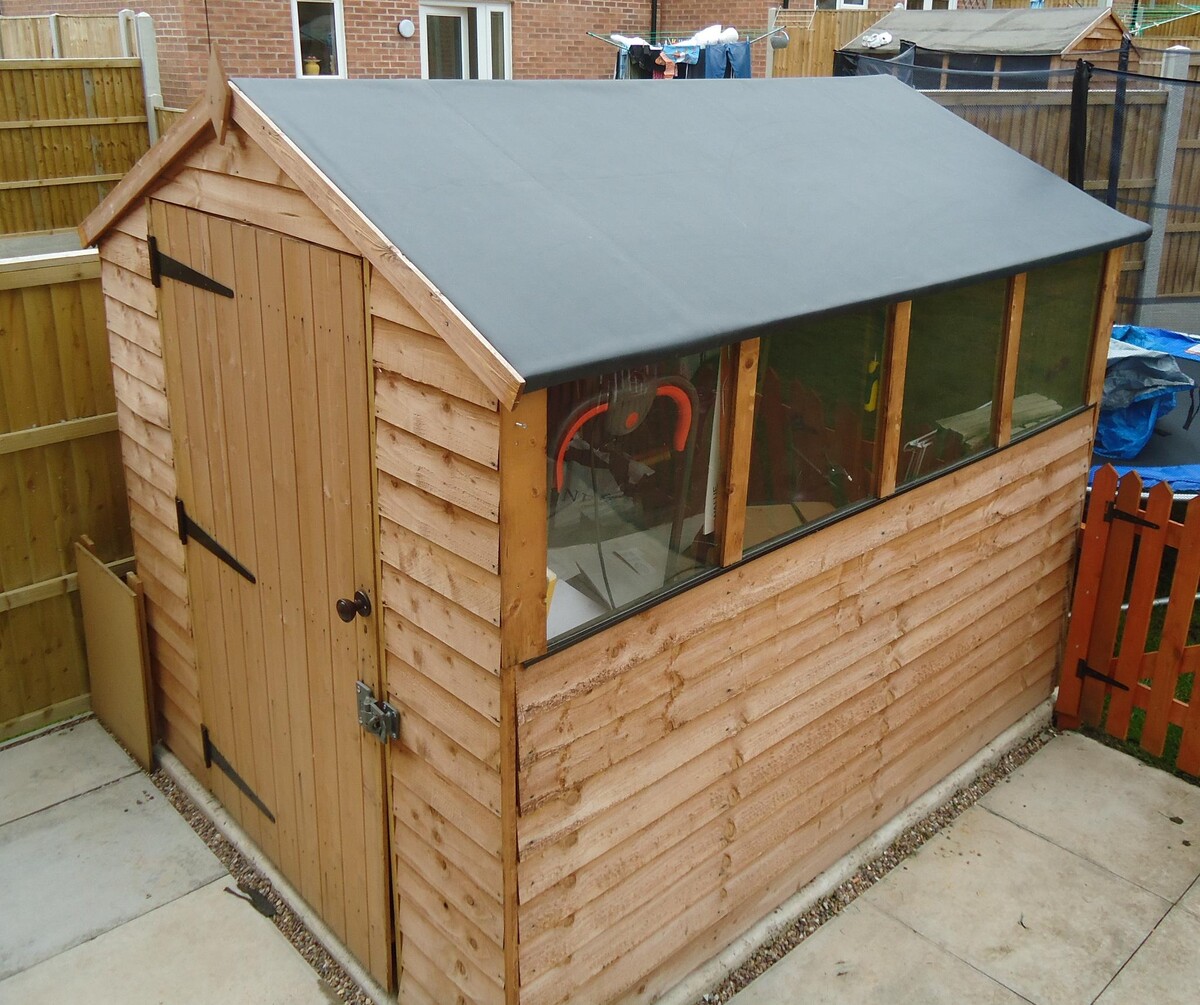
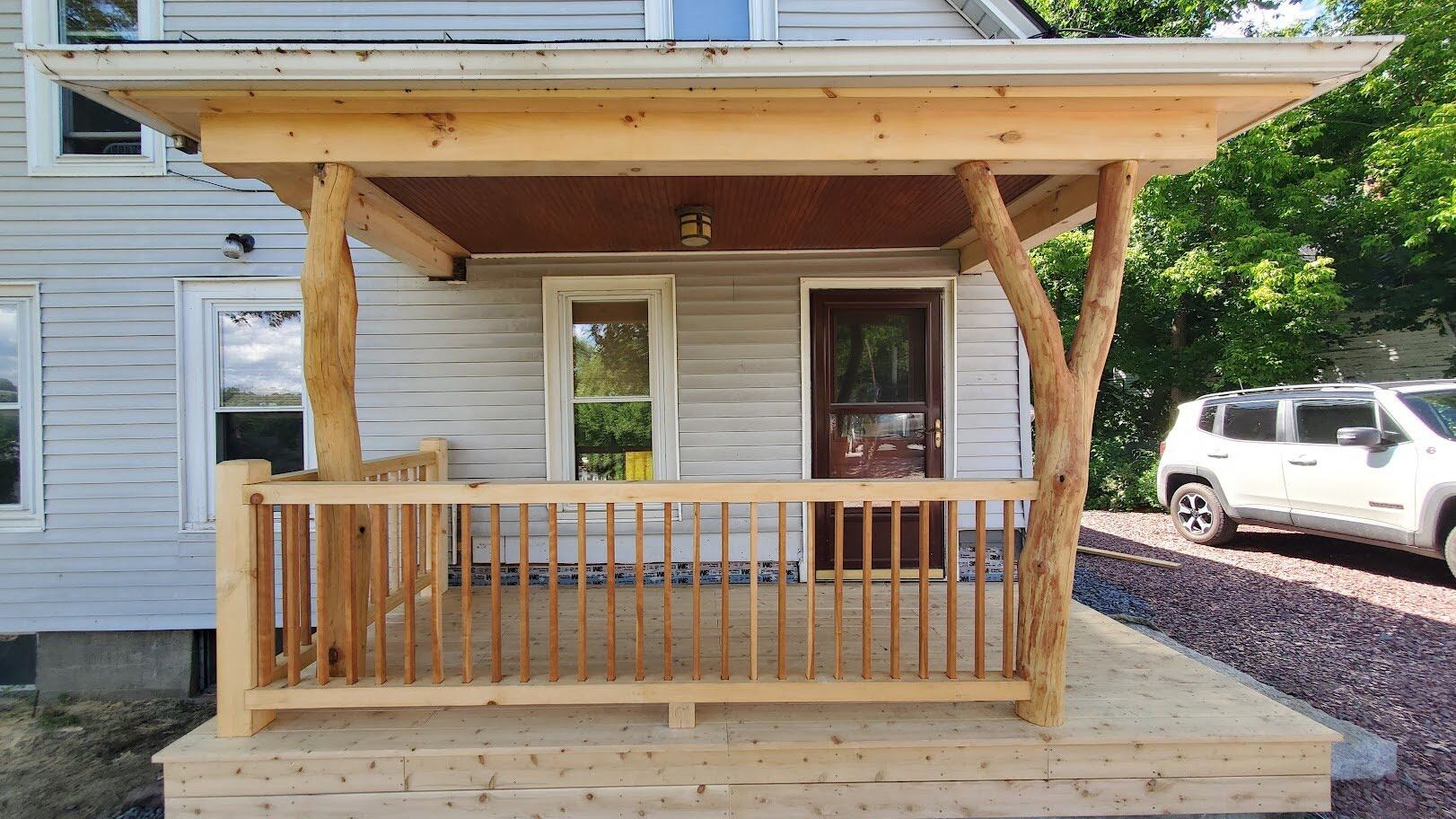
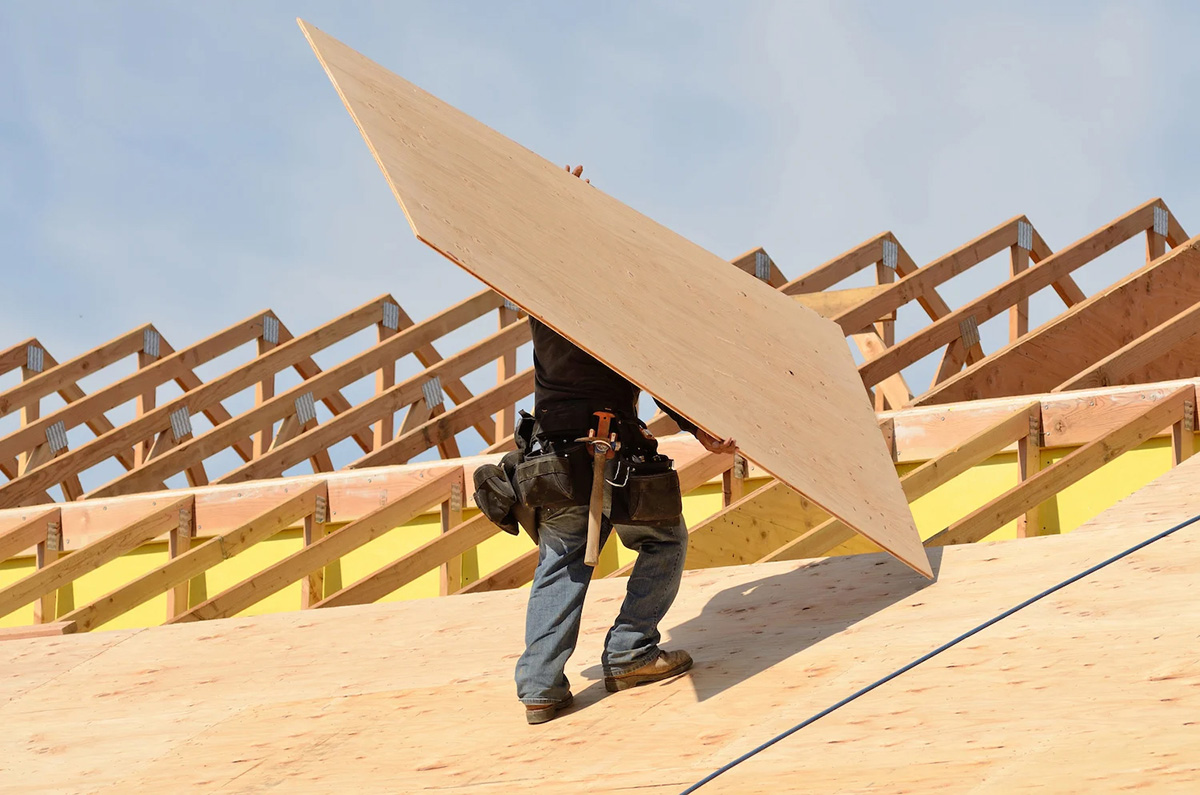
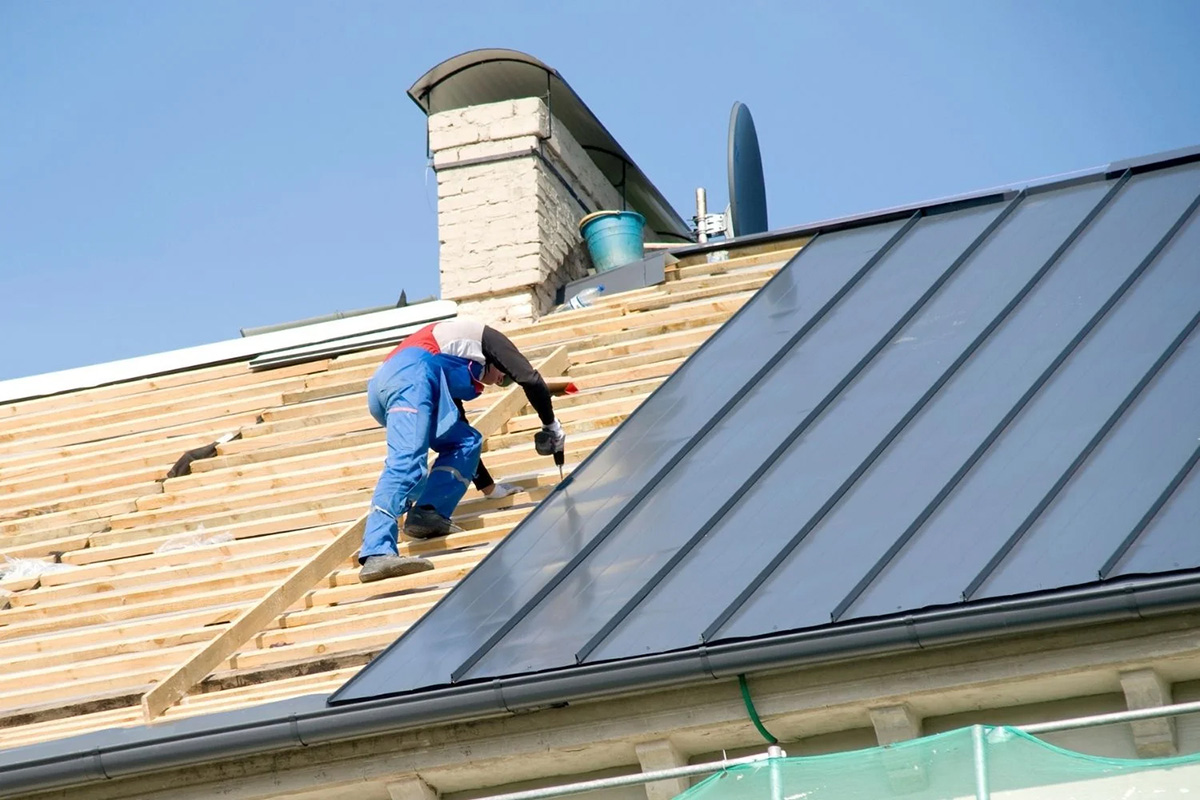
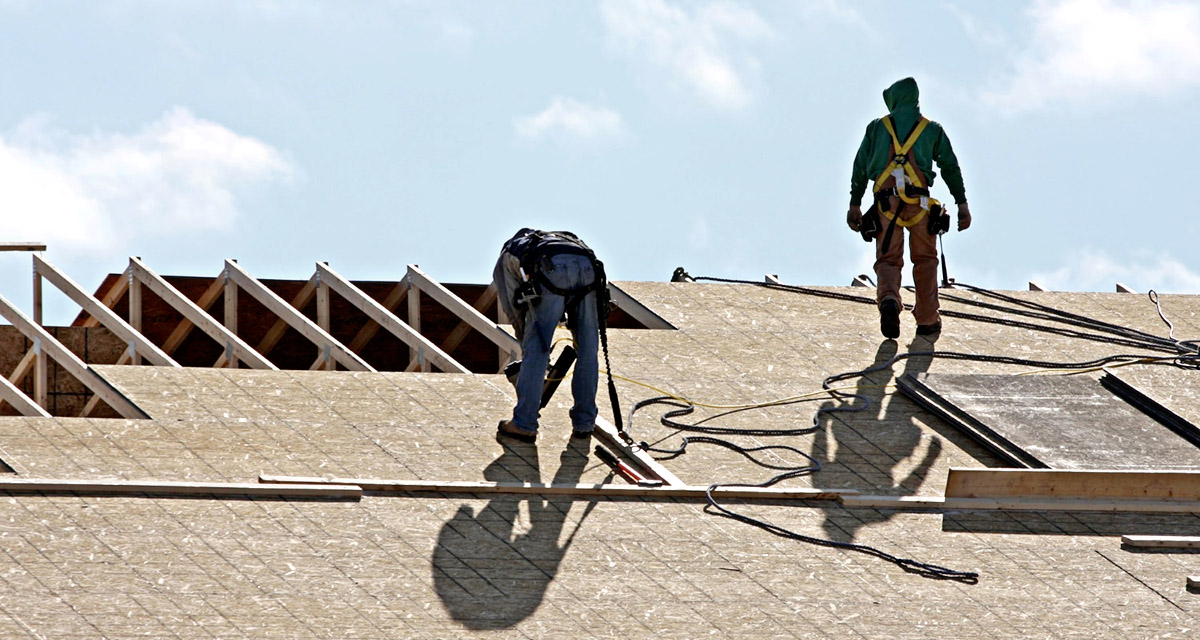
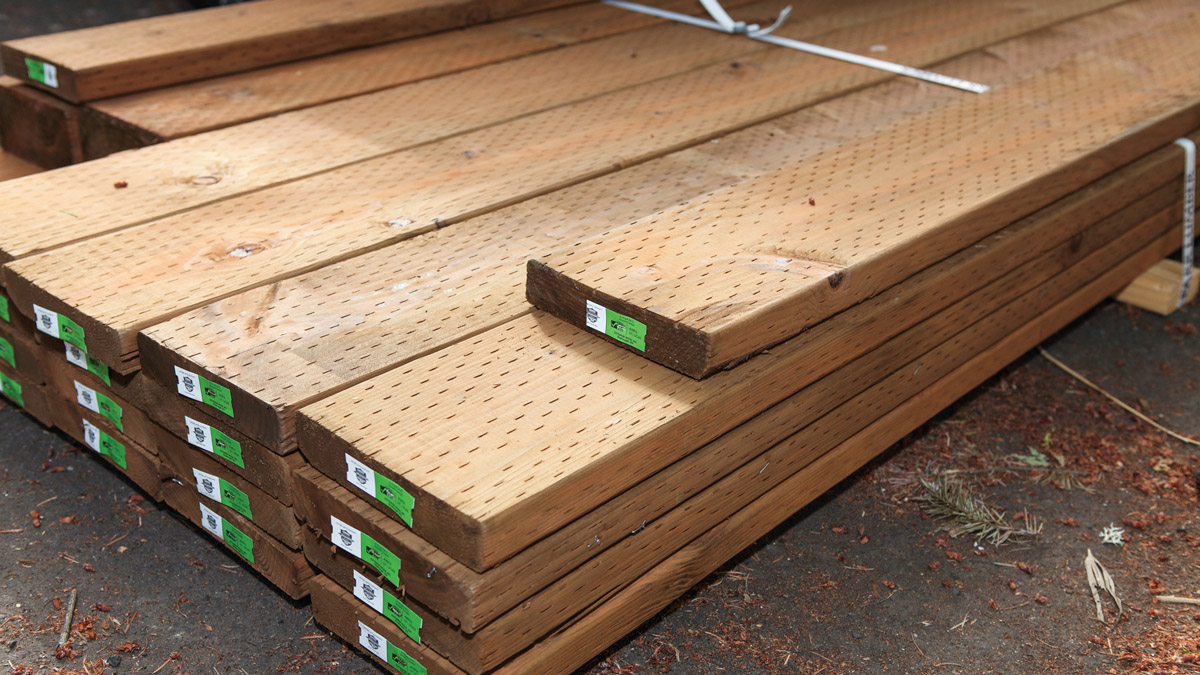
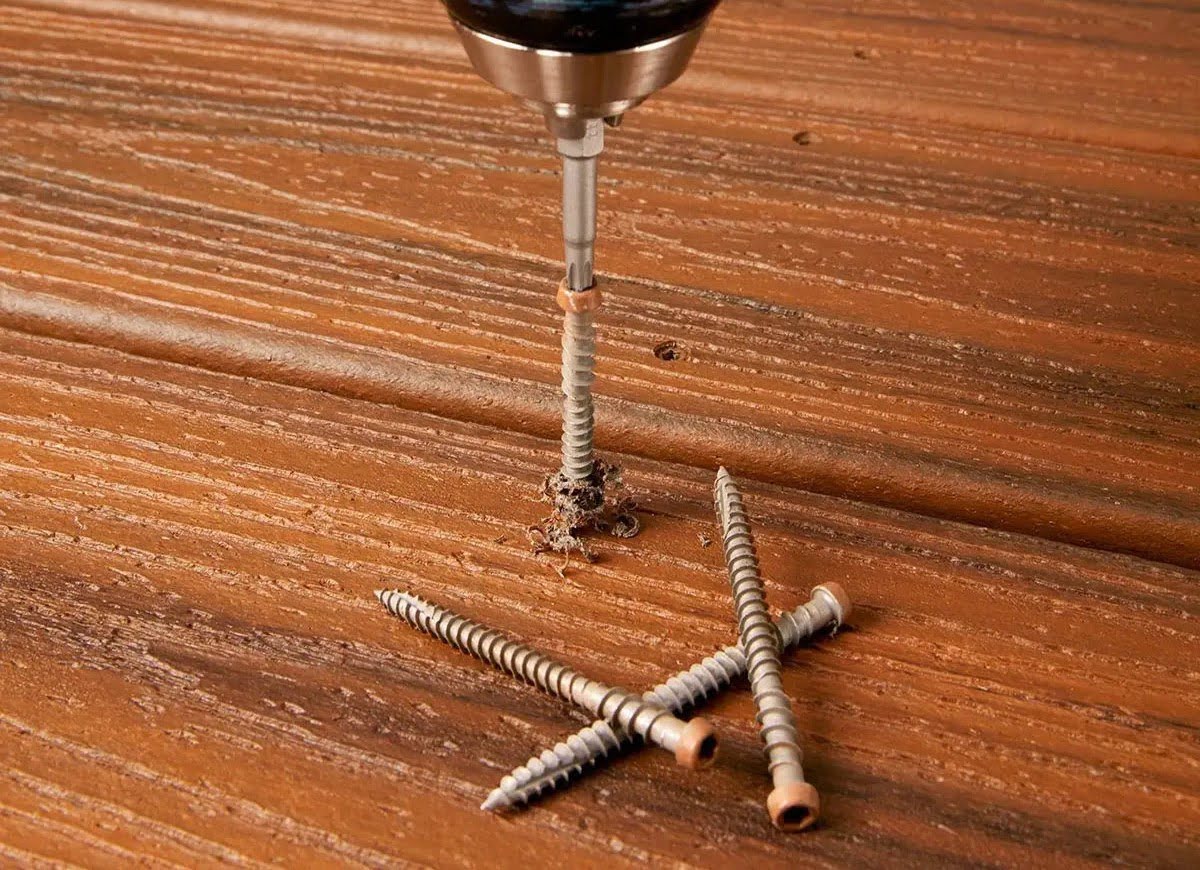
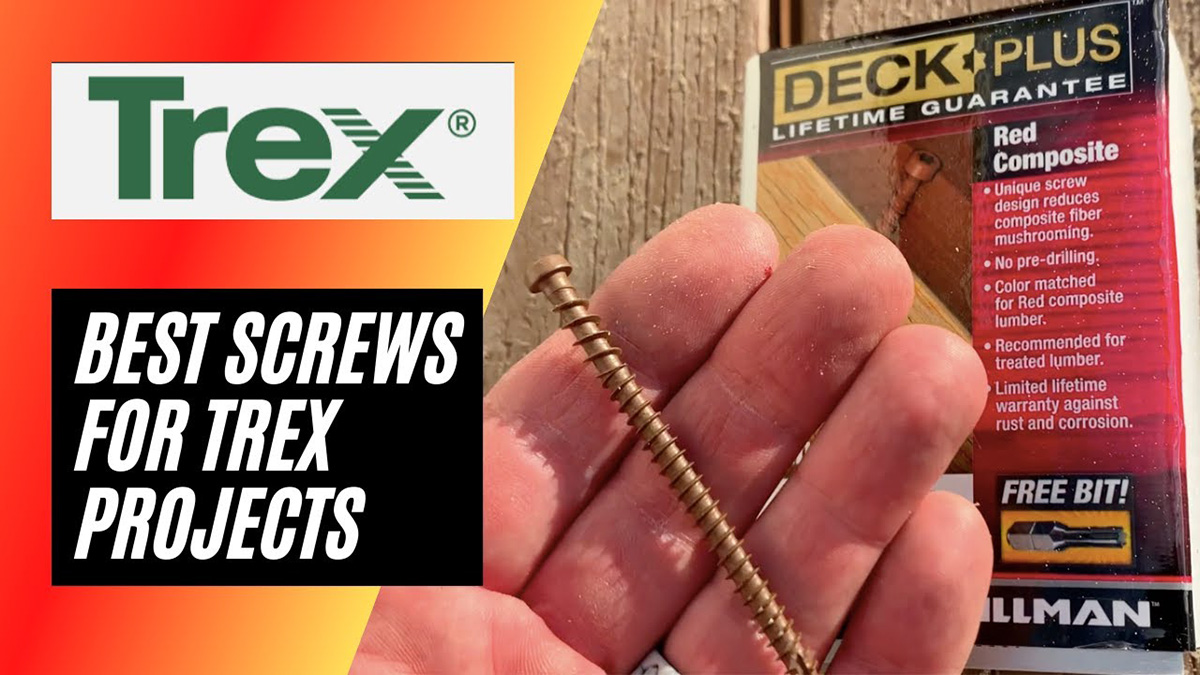
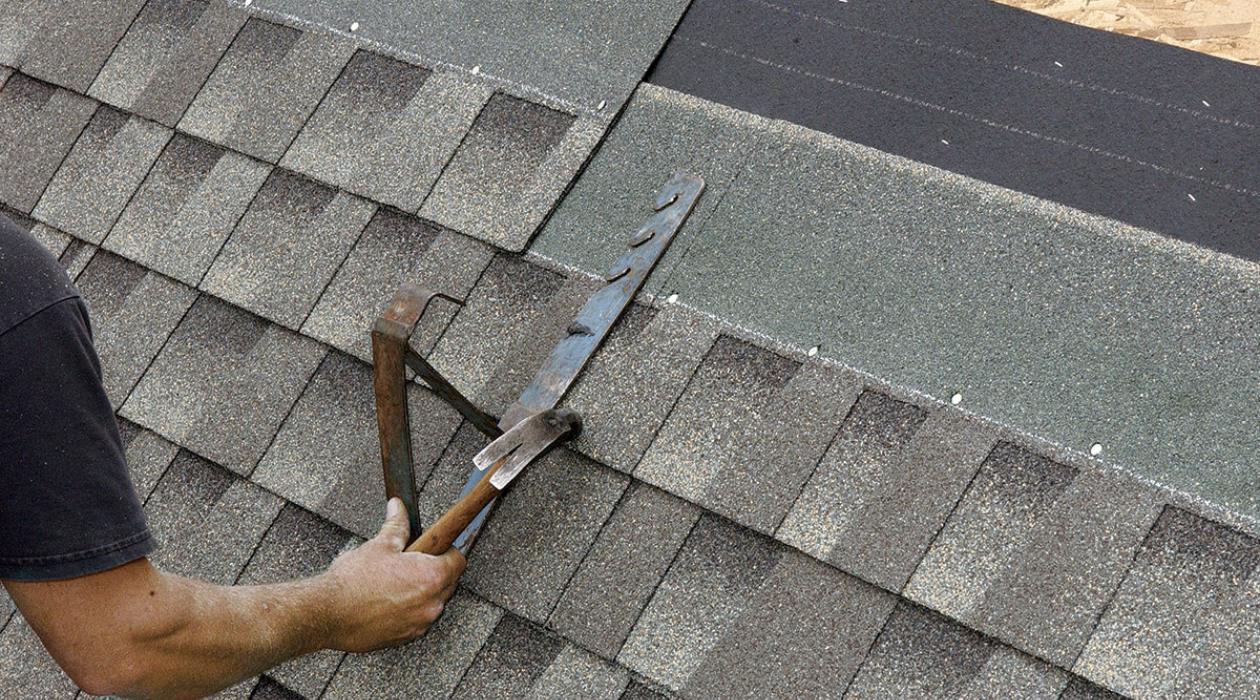
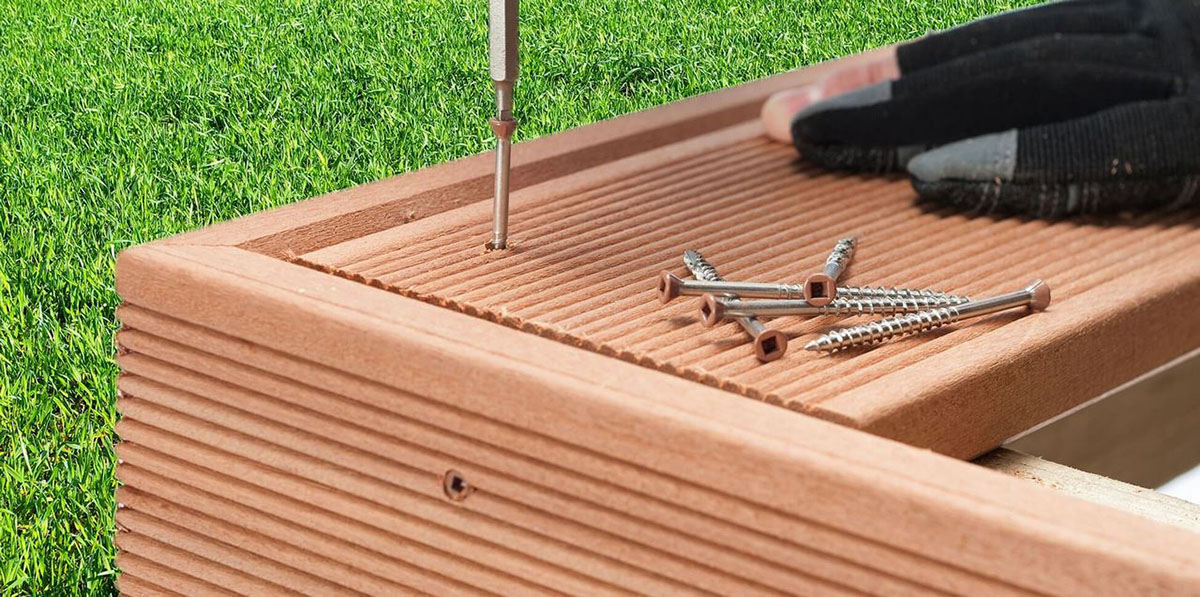

0 thoughts on “What Is Used For Roof Decking”